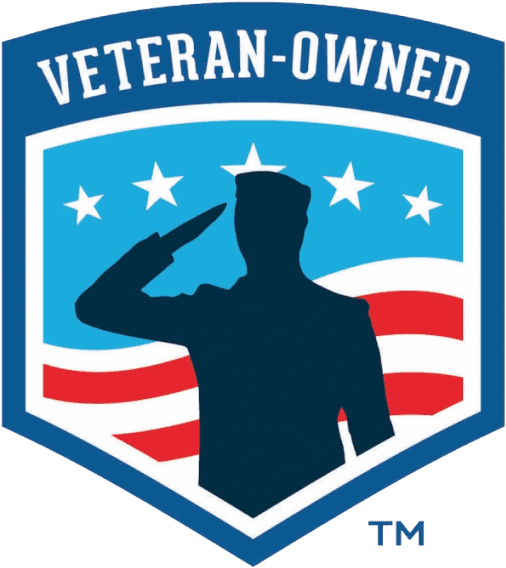To Age Correct or Not? Best Practices in Hearing Conservation Programs

OSHA allows for age corrections in hearing conservation, but does this cause employers to miss cases of noise induced hearing loss? Companies looking to develop best practices should
Centers of Excellence: The role of remote second opinions

The United States has long ranked as the number one spender on healthcare while ranking last among its peers in quality. This loss of quality has not gone unnoticed, with most Americans dissatisfied with both the quality and their access to healthcare. The cost for this care?
Color Vision Deficiency Assistive Devices in the Workplace
Color vision discrimination is a required skill for many jobs. Color vision assistive devices promise compensate for color vision deficiency, but what is the evidence behind their use in the workplace?
Occupational Heat-Related Illnesses: Overview

Occupational heat-related illnesses (HRIs) are a range of medical conditions that can occur in workers exposed to a combination of high temperatures, high humidity, or physically demanding work environments. Familiarization with HRIs and their signs and symptoms is an important skill for workers and leadership
Equity and Public Health: Lessons from the Washington DC Lead Service Line Replacement Program

Access to safe water is a critical component of public health and has emerged as a prominent environmental inequity issue in the wake of the “Flint Water Crisis.” Their partial remediation has the potential to worsen health inequities
Hazard Communication in the Warehouse Industry

In today’s fast-paced industrial environment, warehousing establishments play a critical role in the storage, distribution, and management of chemicals. As such, these facilities must adhere to strict safety regulations to minimize hazards and protect workers from potential chemical exposures. In this blog post, we will discuss
Types of Workplace Hazards: Back to Basics

A sound understanding of the fundamentals of occupational health and safety is crucial for maintaining a productive and secure work environment. In this back to basic post, we highlight the various basic types of environmental hazards that can cause occupational disease, impaired health, or significant discomfort in workers.

